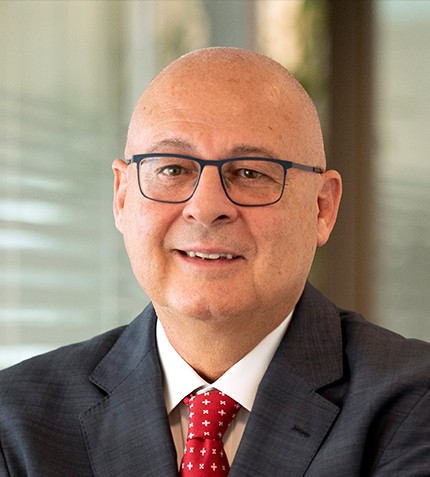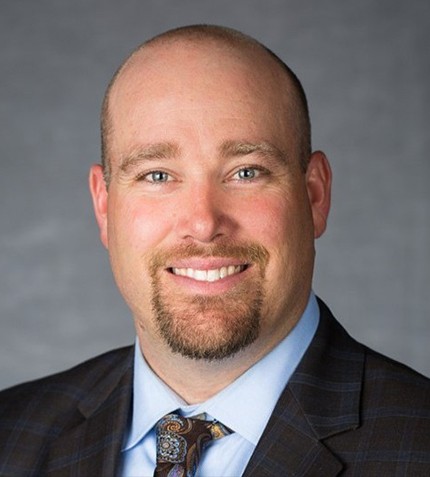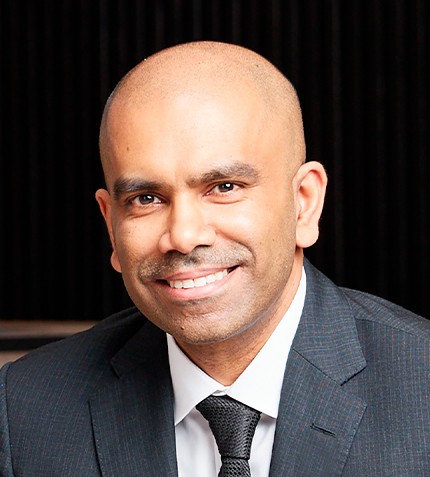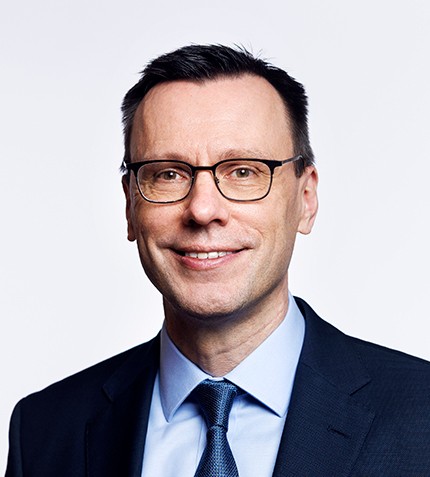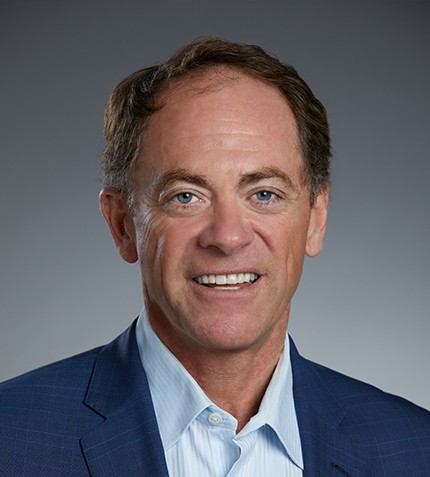
"It is an exciting time right now in Québec, because there are many new areas that are very active. The Frotet-Evans and the La Grande /Eastmain greenstone belts are very hot right now."
Paul Carmel
PRESIDENT & CEO, SIDEX
Given it is SIDEX’s 20th anniversary this year, how would you assess the success it has achieved in fulfilling its mandate?
SIDEX started 20 years ago and it has been a resounding success. It was put together by Fonds de solidarité FTQ and the Québec government, our two founding limited partners who put up the funds, to provide financial stimulus to the exploration sector of the Québec mining industry. It would allow exploration companies operating in Québec to access capital in good and bad years via a steady and consistent stream of funding. Back in 2001, our partners put up C$50 million, and since that time we have returned C$16 million to the investors. Today the fund is valued at close to C$90 million. Given that we are solely investing in Québec, and that we usually invest in very small, high risk companies, that is a strong track record. We currently have about 60 positions in our portfolio, but over the life of the fund, we have concluded about 350 financings in over 150 companies deploying approximately C$100 million.
What are your investment criteria?
The first criteria is that the company’s property be located in Québec and that is has a well thought out exploration program based on sound geological principles. It can be very grassroots, which is one of the unique aspects of our fund. We are at the front end of the process, which is often a very difficult step for companies to raise capital because it is so high risk that they do not meet the criteria of many funds.
We participate in equity financing hard dollars (as opposed to flow through), which is attractive for a company because it allows them to benefit from a healthy tax rebate from the government.
Are there certain frontier areas of Québec that miners are keen on developing today?
It is an exciting time right now in Québec, because there are many new areas that are very active. The Frotet-Evans and the La Grande /Eastmain greenstone belts are very hot right now.
How are companies faring when it comes to fundraising given the increase in many metal prices over the past year?
Prices are rising, therefore one would assume that fundraising would be easier, but it is not that simple. Even though prices are higher the discovery ratios are lower. That is from an exploration standpoint. When you go into the producers, their track record of delivering what they promised over the last several decades has not been great either. Prices are higher, but many investors when it comes to the mining sector remain a little bit apprehensive because there has been a lot of disappointment on the discovery, production and ESG side of things. Having said that, mining is cyclical and it will come back - the investment environment is pretty healthy right now.
How does Québec present itself relative to other jurisdictions?
I believe we have a mining ecosystem in Québec that is unmatched by any other jurisdiction in the world. First, we have a government that realizes the importance of a strong and healthy mining industry. We are a first world jurisdiction and we are doing the utmost to ensure a thorough, but not an overly bureaucratic permitting processes. There are constant efforts to try to streamline the permitting process and make it more efficient. We also have a very skilled labor force; there are Québec miners currently working all around the world and they love to come home, so there is usually ample supply of workers, although I will admit that it is a challenge at the moment. We also have the financial ecosystem, where we have various pools of capital dedicated to mining from the early exploration stage right through the development and production phases. In sum, Québec covers most, if not all, of the bases with respect to fostering a healthy and prosperous environment for companies active in the mining industry.




